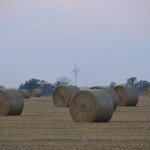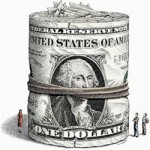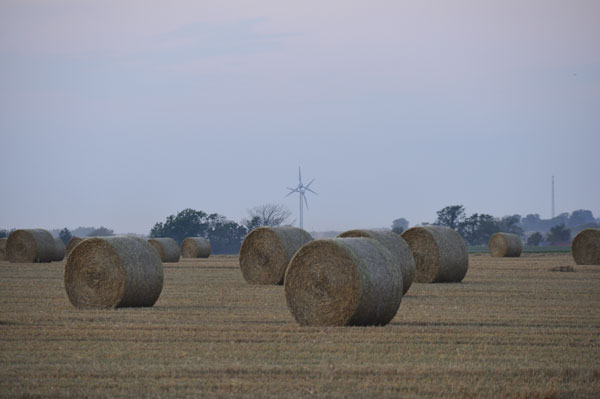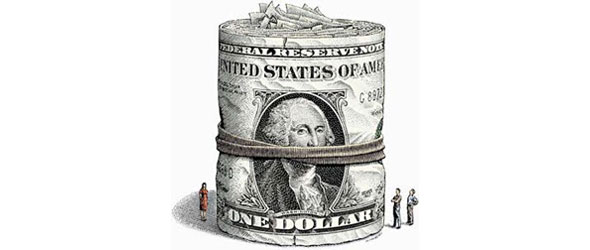Basic food crops evolved over an unusually favourable period
- There will be increased weather instability, notably floods and droughts, but also steadily increasing heat. The climate is changing and becoming more hostile to farming.
Grains have developed over many thousands of years in an unusually moderate and stable climate (moderate, that is, over a scale of hundreds of thousands of years); and selective breeding of the last few hundred years was also done in that moderate environment.
Grains simply do not like very high temperatures. By the end of the century, the expected rise in temperature globally is projected by some experts to reduce the productivity of grain in traditional areas by 20 to 40 per cent.
- Bacteria and pathogens resistant to the chemicals used in agriculture to attack them are on the rise.
- Even if we could produce enough food globally to feed everyone satisfactorily, the continued steady rise in the cost of inputs will mean increasing numbers will not be able to afford the food we produce.
Food production is sensitive to those inputs, especially of oil and natural gas, which are important in manufacture (fertilizers, pesticides) and farming operations (tilling, harvesting, transportation, irrigation).
Grantham says strong countermeasures would be effective in curtailing the current food crisis and preventing the development of a much greater one, but will probably not be taken. This is because the price signals for the rich countries are too weak – they can afford the higher prices – and there is inertia in all parts of the system. The problems of malnutrition in distant countries are not generally felt as high-order priorities in the richer countries.
The general public, the media, the financial markets, and governments badly underestimate these risks. “China is the only government that seems to appreciate the potential consequences of resource and food shortages.”
However, there is one important piece of good news…
The majority of grasses from which grain species have been developed are relatively inefficient photosynthesizers and belong to the family botanists know as C3. This group unfortunately includes rice and wheat, the two most important grains for human consumption.
But over millions of years an increasing minority of the grasses – now up to 43 per cent of them – have made a mutating jump into much greater efficiency in processing nitrogen, water, and the sun’s energy. The smaller family that has made the jump, known as C4, luckily includes corn (maize) and sugar cane.
Up until now, genetic engineering of grains has shown little or no increases in actual yield, despite success in changing other seed characteristics. On the positive side, scientists are now very optimistic that they will be able to engineer more efficient photosynthesizing “C4” genes into relatively inefficient but vital “C3” plants such as rice and wheat, within 20 to 30 years.
The “Holy Grail” of seed engineering, according to the Millennium Seed Bank of Kew Gardens, is to engineer efficient C4 genes into inefficient C3 grasses. This, it is thought, could increase productivity of wheat and other C3 plants by up to 50 per cent.
The work is apparently going well, according to scientists involved. They believe it will be done in less than 20 years.
If successful, this would increase output up to 50 per cent and would buy time for a less painful transition to a sustainable population.
The limited supply of arable land is often cited as one of the factors endangering growth in food supplies, but that is misleading. Although some arable land is lost every year to the spread of cities, vast areas of such land are simply not cultivated – two-thirds of it in Africa, for example. That’s because of poor infrastructure to bring crops to market, lack of clarity about land tenure which discourages investment, and generally poor governance.
Conway says the world’s average agricultural production “is so far below the known potential” that suggesting the earth is approaching its limit to feed its population “is almost irrelevant.”
What are the investment opportunities?
You can invest in farmland, production, farming inputs, processing, distribution, even in the products themselves.
This article continues on from – Desalination is a very expensive answer
The first article in this series – Opportunities in This Developing Crisis
The next article in the series – Billions moving into land buys
CopyRight – OnTarget 2012 by Martin Spring






